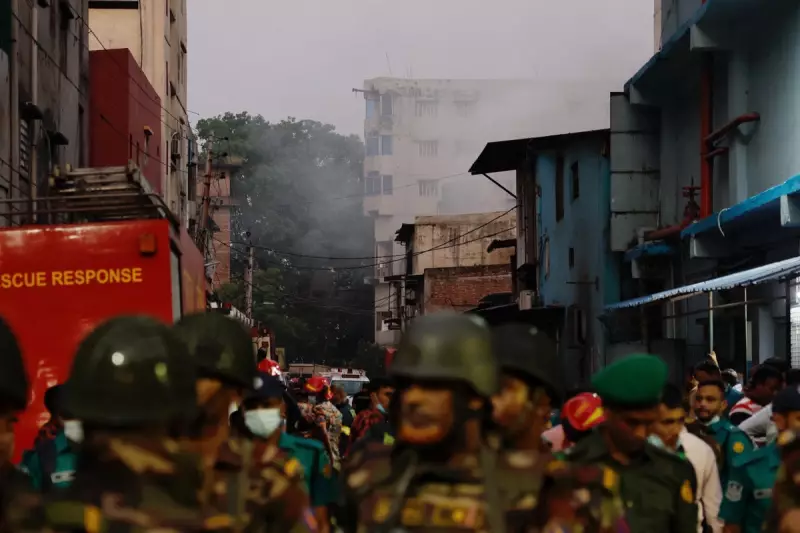
A horrific factory fire in Bangladesh has claimed multiple lives, exposing ongoing safety concerns within the country's crucial garment manufacturing sector. The tragedy has reignited debates about working conditions in factories supplying global fashion brands.
The Deadly Blaze
Emergency services rushed to the scene as flames engulfed the industrial building, with firefighters battling for hours to contain the inferno. The intensity of the fire and structural complications hampered rescue efforts, leading to significant casualties among workers trapped inside.
Safety Standards Under Scrutiny
This latest incident raises serious questions about the implementation of safety protocols in manufacturing facilities. Despite previous tragedies prompting international scrutiny, fundamental safety measures appear to have been overlooked at this premises.
Key concerns emerging include:
- Adequacy of fire detection and suppression systems
- Effectiveness of emergency evacuation procedures
- Structural safety compliance in industrial buildings
- Enforcement of existing workplace regulations
Global Supply Chain Implications
The Bangladesh garment industry remains a cornerstone of the global fashion supply chain, manufacturing clothing for numerous international retailers. This tragedy serves as a stark reminder of the human cost behind affordable fashion and the shared responsibility of brands to ensure supplier compliance with safety standards.
Industry observers note that while progress has been made since the Rana Plaza disaster, systemic challenges persist in ensuring worker protection across the sector.





